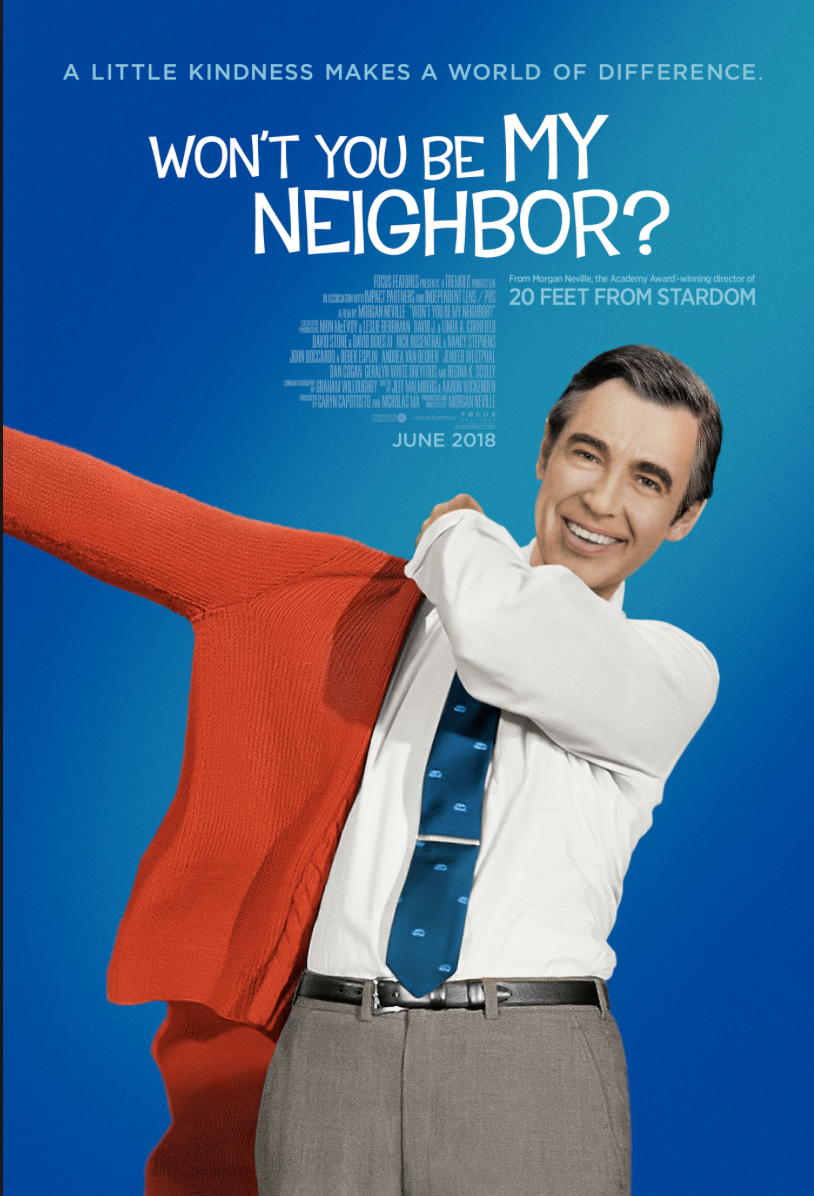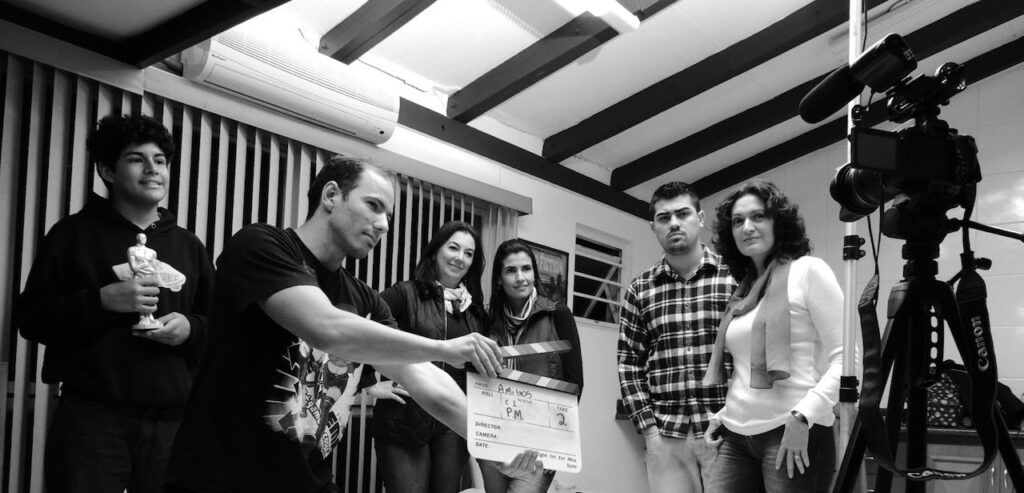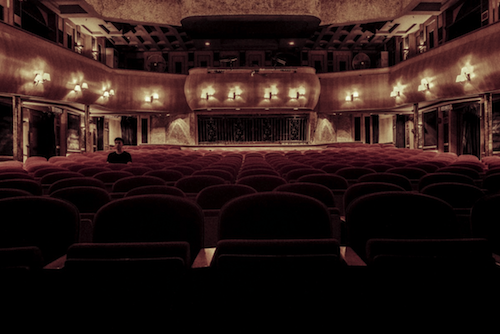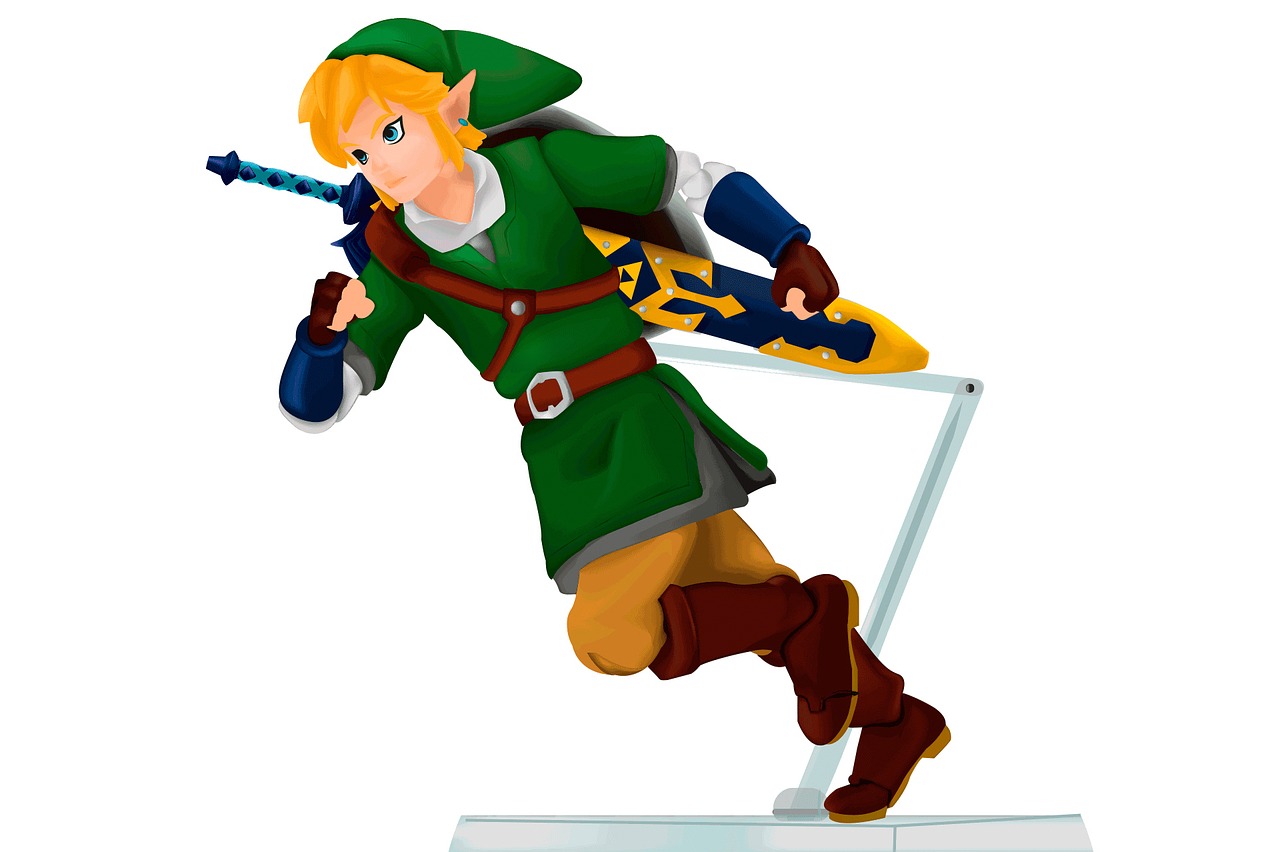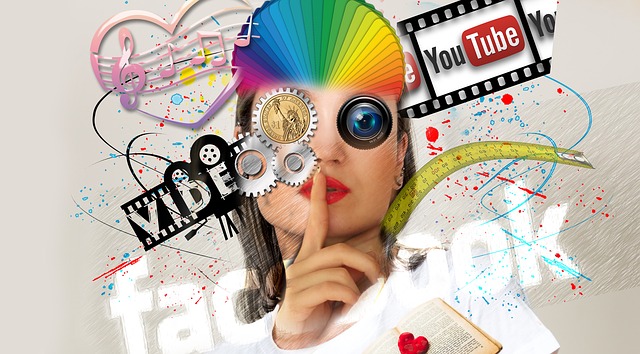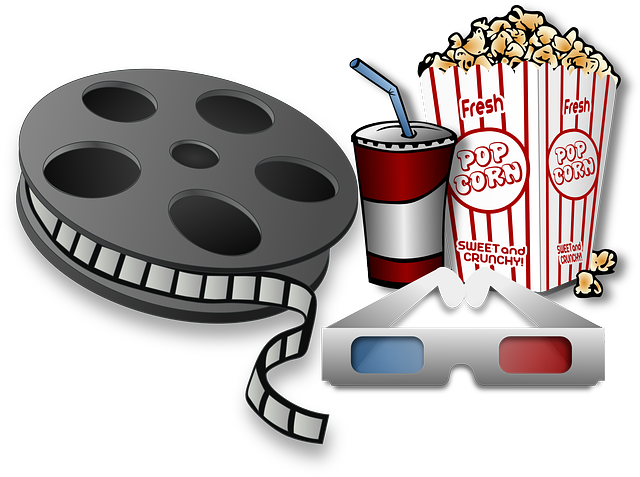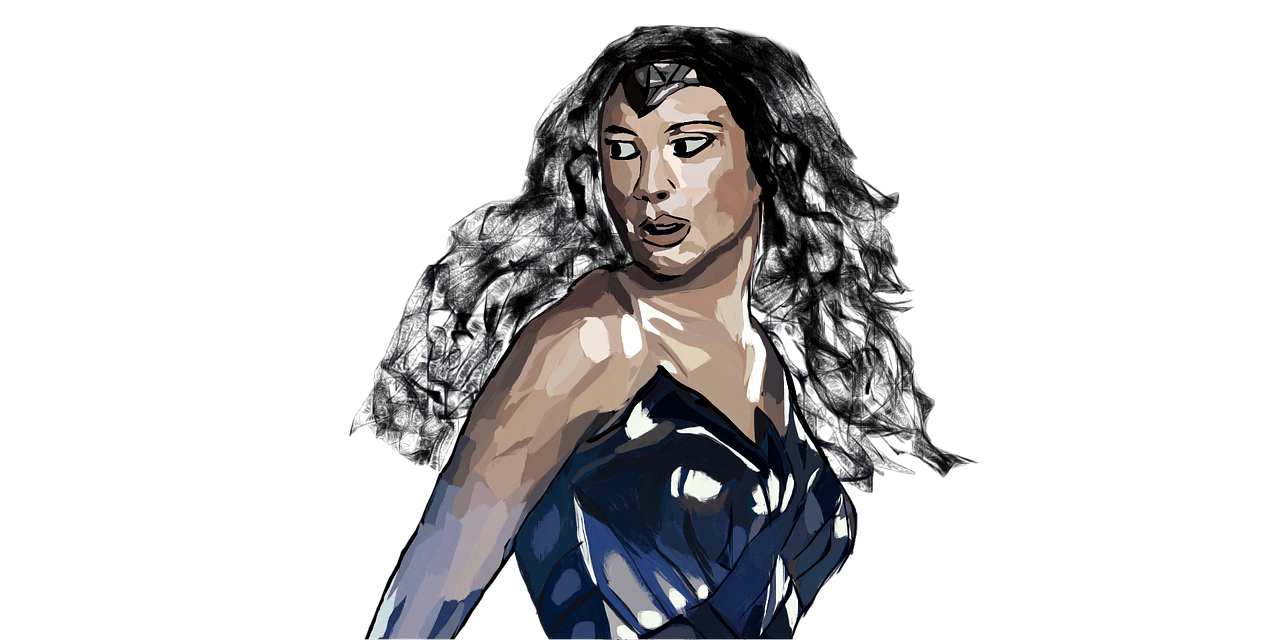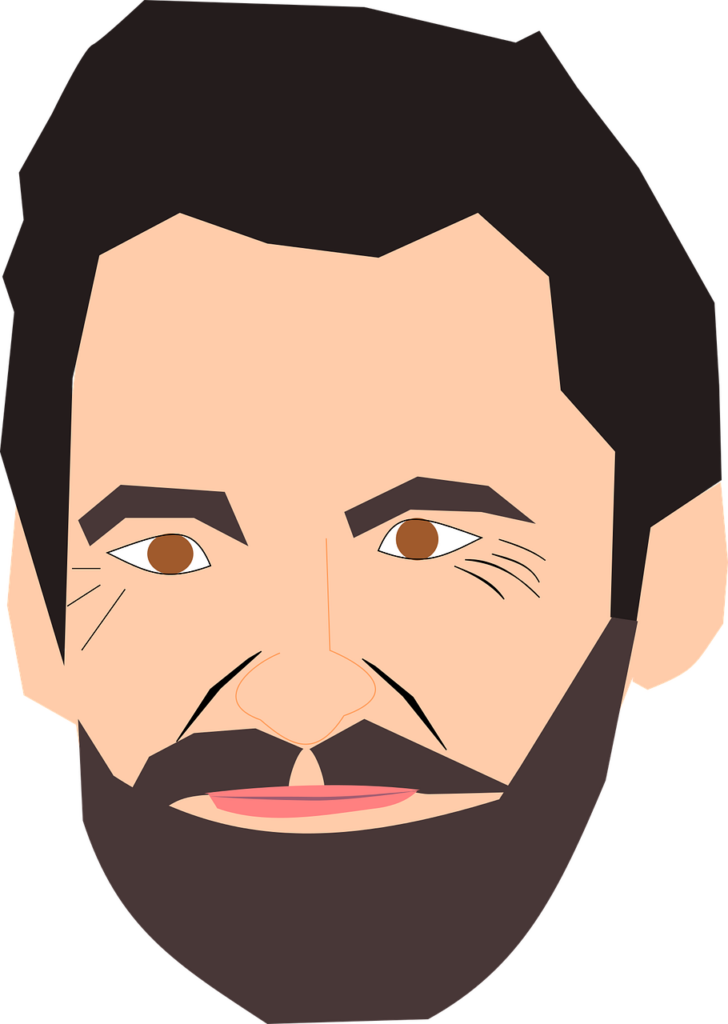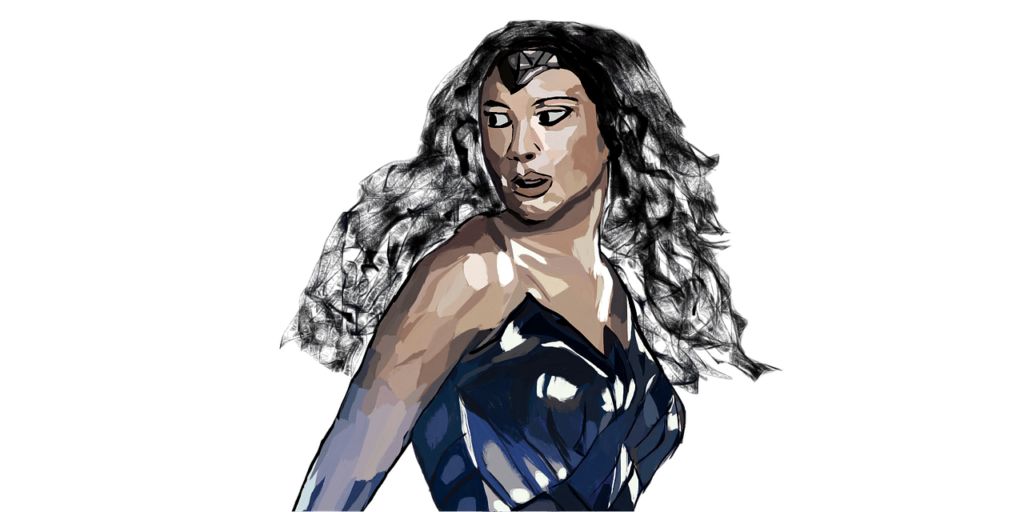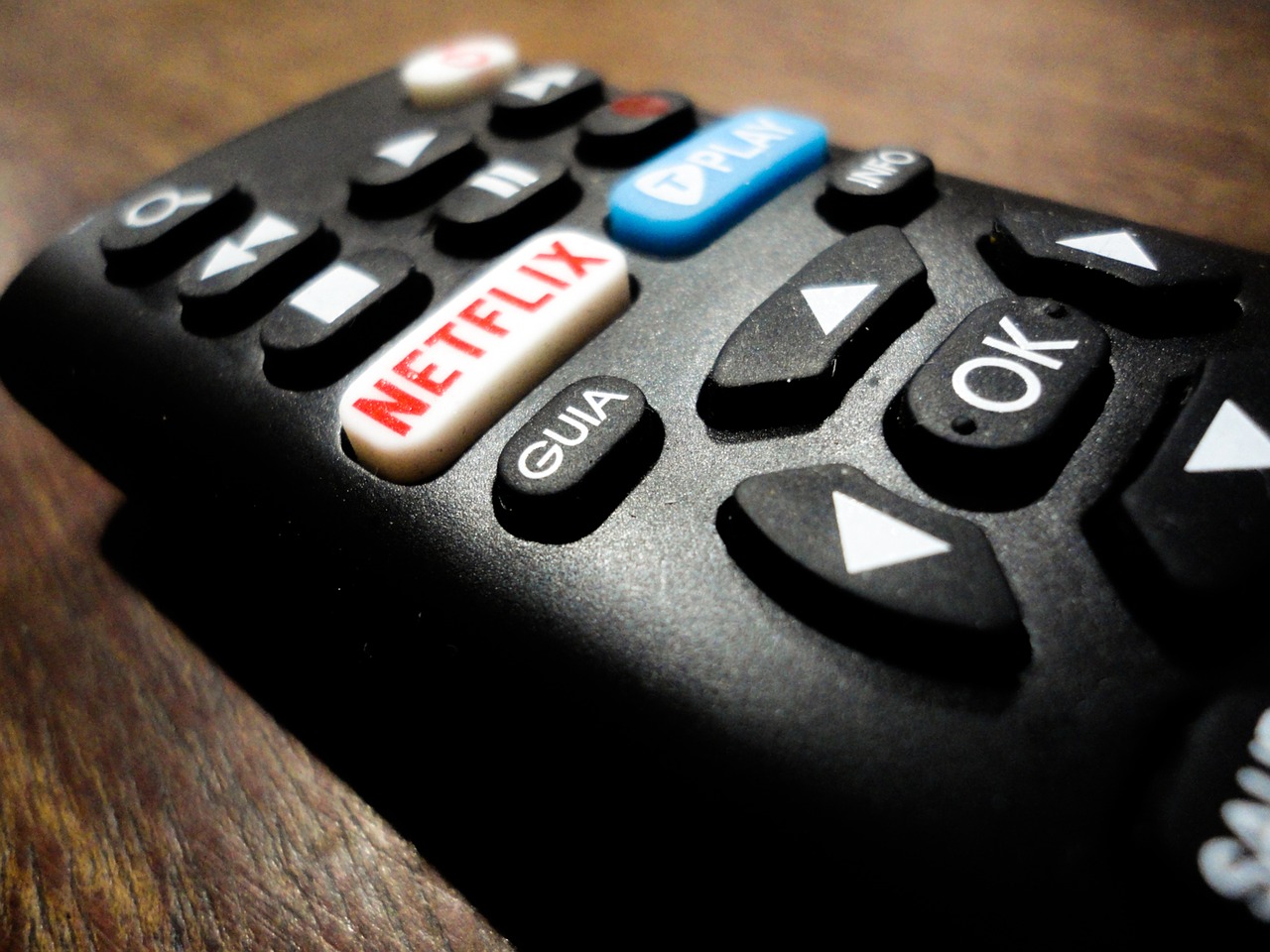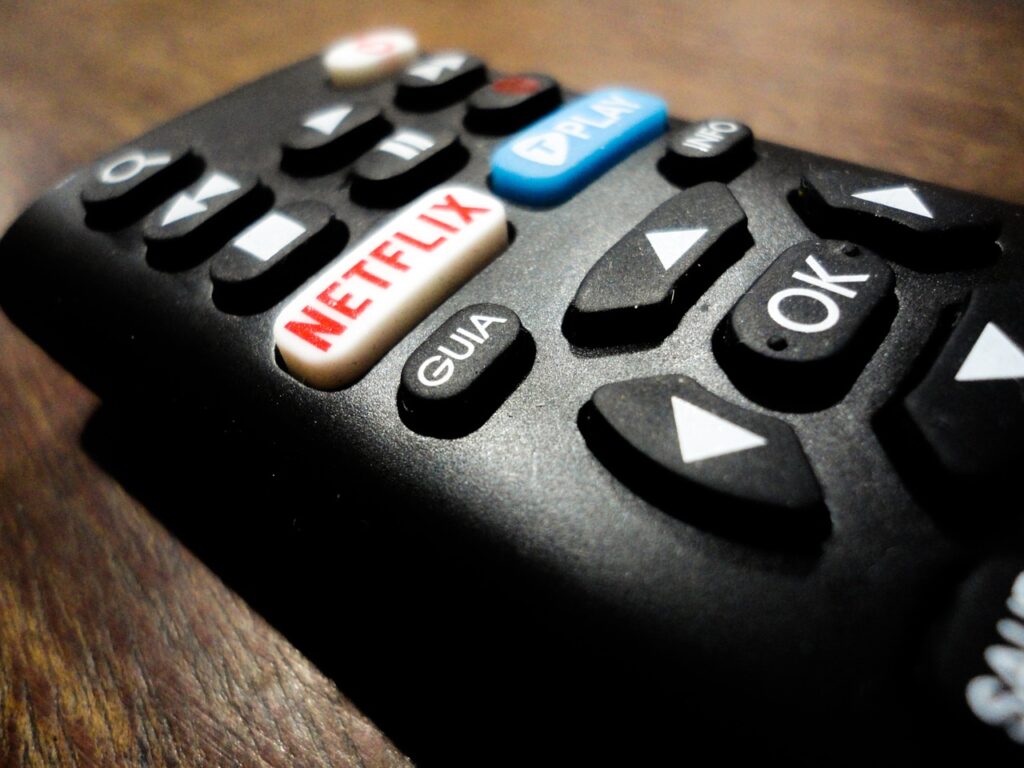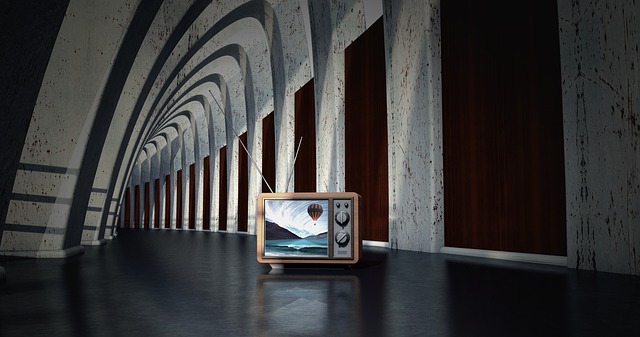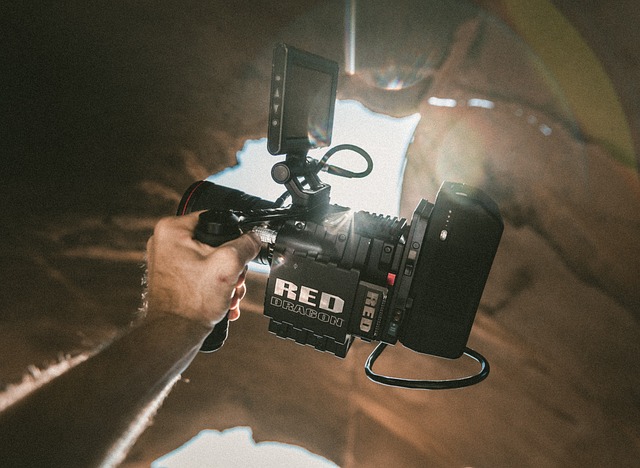Although it’s usually the big-budget films raking in the cash and getting all the commercial attention, film’s greatest strength as a source of entertainment for its variety. When the market is saturated with enough A-list actors and adrenaline-fueled blockbuster rides, many look to independent films for fresh faces, stories with creative risks, and more. The following movies recently striking a chord are just the latest icing on the cake that is the current indie film industry:
Won’t You Be My Neighbor?
You know you’re dealing with a good documentary when it not only sits at the top 15 highest grossing non-fiction films of all time but also beat four Disneynature documentaries despite a smaller theatrical run. Using a tone both elegant and tender, director Morgan Neville helps capture minister Fred Rogers’ magical ascent in television while embodying what children’s programming should be about.
Hereditary
As Ari Aster’s first feature, this supernatural horror film does more than give viewers a scare. Toni Collette’s character creates a memorable look at the grieving process as she struggles to cope with several deaths in the family. Critically acclaimed and standing as American independent entertainment company A24’s highest-grossing film worldwide, Hereditary sets a high bar for horror films looking to provide tension and terror through means other than your average shock tactics.
Get Out
Jordan Peele put on the director’s hat for the first time with this indie horror film that earned its spot among the ten most profitable movies of 2017. Viewers praised the film’s excellent mix of humor and its creative visual style. Perhaps most importantly, Get Out does what horror films do best: provide an entertaining story that touches on real world issues — in this case, racism.
The Florida Project
Sean Baker’s drama film tells the story of a restless mother and her young daughter as they do whatever it takes to avoid homelessness. Strong performances and a powerful, sensitive look at poverty in today’s America earned this movie a number of notable nominations, including a spot on the National Board of Review’s and American Film Institute’s Top 10 Films of the Year lists. (One of The Florida Project’s producers is Darren Dean, a NYFA producing school instructor.)
A Quiet Place
Grossing $332 million worldwide after being made with a budget of around $20 million, this sci-fi horror film has been the talk among scary flick fans in 2018. Writer/director John Krasinski’s reliance on visual storytelling paid off as his use of silence and excellent sound design, along with strong performances help drive its eerie atmosphere. Notable figures such as Stephen King and Nick Allen specifically praised the expressive silence that allowed viewers to feel terror not through words but mostly from the expressions of the characters alone.
I, Tonya
Craig Gillespie’s biographical film recounts the story of Tonya Harding, the American Olympic figure skater connected with the brutal attack on rival skater Nancy Kerrigan one day before the Ladies Singles competition the 1994 U.S. Figure Skating Championships. The film earned numerous nominations, including a win for Best Supporting Actress at this year’s Academy Awards, and was praised for its great execution of humor and tragedy thanks to its strong, emotional performances.
Mudbound
Directed by Dee Rees, this American period drama follows two World War II veterans — one black, one white — as they battle against racism and PTSD in their post-war life. Widely praised for its strong cast, Mudbound earned many nominations, including four at the 90th Academy Awards, and led to Rachel Morrison becoming the first woman ever nominated for a Best Cinematography Oscar.
The Big Sick
One of the top grossing indie films of 2017, The Big Sick is a romantic comedy based on the actual romantic beginnings of writers and interethnic couple Emily V. Gordon and Kumail Nanjiani. Audiences and critics both enjoyed the film’s original spin on a true love story that succeeded despite illness, cultural differences, and more. Director Michael Showalter’s film turned a $5 million budget into a $56 million box office worldwide, while also earning several dozen awards and nominations.

